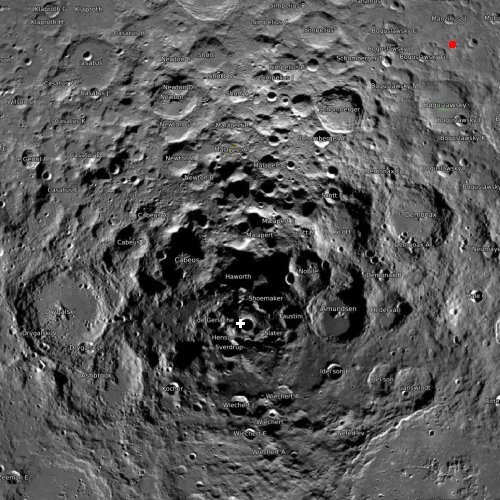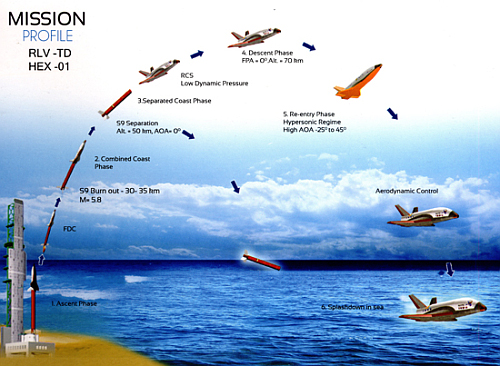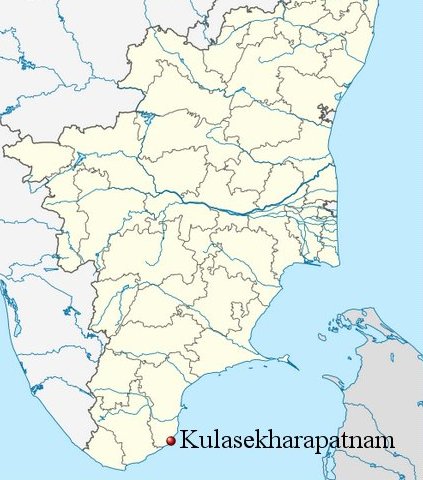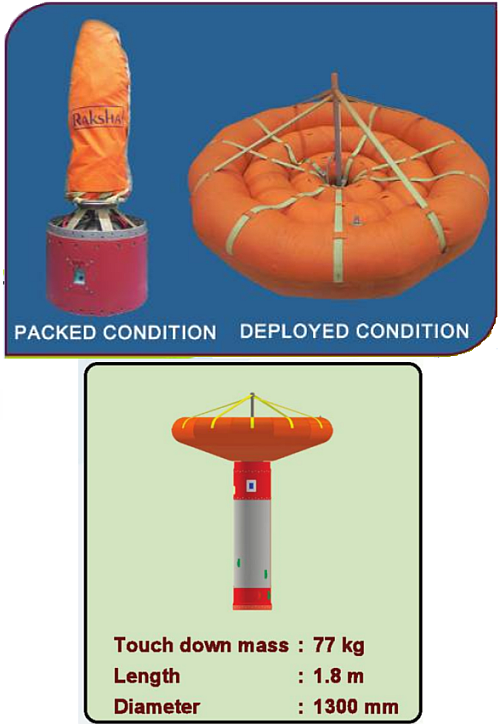ISRO successfully de-orbits defunct satellite

ISRO announced today that it successfully de-orbited the defunct Earth observation MT1 satellite on March 7, 2023, bringing it down over the Pacific Ocean.
The map to the right shows the timing of the last two de-orbit burns during the satellite’s last orbit.
MT1’s orbit was high enough so that it would have remained in space for about 100 more years, with a lot of fuel that might have caused an explosion and the release of many pieces of space junk. ISRO managers decided to allocate the funds to use that fuel to de-orbit it, as a test for making this a routine part of any satellite end-of-mission.

ISRO announced today that it successfully de-orbited the defunct Earth observation MT1 satellite on March 7, 2023, bringing it down over the Pacific Ocean.
The map to the right shows the timing of the last two de-orbit burns during the satellite’s last orbit.
MT1’s orbit was high enough so that it would have remained in space for about 100 more years, with a lot of fuel that might have caused an explosion and the release of many pieces of space junk. ISRO managers decided to allocate the funds to use that fuel to de-orbit it, as a test for making this a routine part of any satellite end-of-mission.





